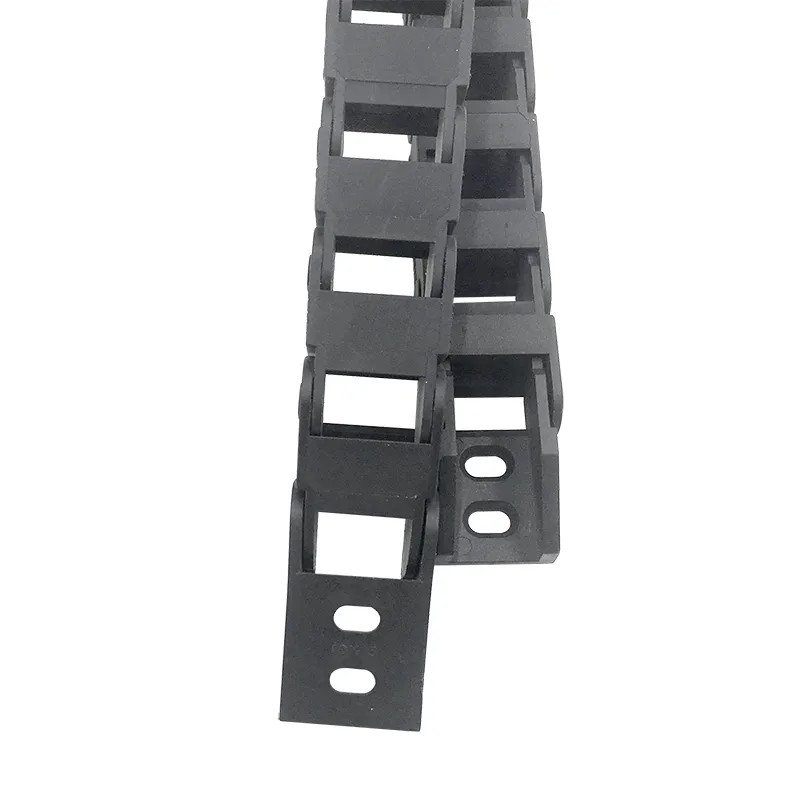endless synchronous belts
Endless Synchronous Belts An In-Depth Exploration
Endless synchronous belts, often referred to simply as synchronous belts, are critical components in various mechanical and industrial applications. These belts, made from high-quality materials, serve to transmit power efficiently and reliably between various machine components. This article discusses the construction, applications, advantages, and considerations of using endless synchronous belts in different settings.
Construction and Characteristics
Endless synchronous belts are typically made from a reinforced rubber or polyurethane material and feature a series of evenly spaced teeth on their inner surface. These teeth engage with matching grooves on pulleys, ensuring that power is transmitted effectively with minimal slippage. The endless aspect of these belts refers to their looped design, which eliminates any joints or seams that could be potential weak points.
The choice of material is essential in determining the belt's performance characteristics, such as flexibility, durability, and resistance to various environmental factors. For instance, polyurethane belts often offer improved wear resistance and chemical compatibility compared to traditional rubber options. The selection of the belt is closely tied to the specific demands of the application, including temperature ranges, loads, and the presence of potential contaminants.
Applications
Endless synchronous belts are employed in a myriad of industries, including automotive, robotics, manufacturing, and food processing. In the automotive sector, these belts are commonly found in camshaft and timing belt applications, ensuring precise timing of engine components. In robotics, synchronous belts enable smooth and accurate motion transmission between motors and moving parts, essential for precise control.
Within manufacturing, these belts are utilized in conveyor systems, where their ability to maintain synchrony allows for efficient product movement and assembly lines. In the food processing industry, non-contaminative properties, among other characteristics, make them an ideal choice for applications where hygiene and safety are paramount.
Advantages of Endless Synchronous Belts
endless synchronous belts

One of the primary advantages of using endless synchronous belts is their efficiency. Due to their design, they can operate at higher speeds and with greater load capacities compared to traditional V-belts. This efficiency leads to reduced energy consumption and lower operational costs, making them an attractive option for many applications.
Additionally, the synchronous nature of these belts means they provide precise timing and less noise during operation. This advantage is particularly vital in applications requiring high accuracy, such as CNC machines or robotic arms. The durability of endless synchronous belts is another significant benefit; they often have a longer lifespan than other belt types, reducing the frequency and cost of replacements.
Another notable advantage is their versatility. Endless synchronous belts can be designed to fit a wide range of configurations, accommodating various pulley sizes and spacing. This adaptability makes them suitable for custom applications across different industries.
Considerations and Maintenance
Despite their many advantages, there are considerations to keep in mind when using endless synchronous belts. Proper alignment and tensioning are crucial to prevent premature wear and ensure optimal performance. Regular maintenance, such as checking for signs of wear or damage, can help extend the life of the belts. It is also essential to monitor the operating environment since extremes in temperature and exposure to chemicals can affect belt longevity.
When replacing belts, selecting the right size and type according to the manufacturer's specifications is critical. An incorrect size can lead to inefficient operation or catastrophic failure, posing risks to both machinery and personnel.
Conclusion
Endless synchronous belts have proven to be indispensable in modern mechanical systems. Their unique construction, combined with the numerous advantages they offer, makes them a preferred choice across various industries. As technology continues to advance, the development of new materials and designs will likely enhance their performance and broaden their applications. Understanding the nuances of these belts is essential for engineers and operators seeking to optimize their systems for efficiency and reliability. With careful attention to maintenance and operational considerations, endless synchronous belts can provide a powerful solution for power transmission needs.








